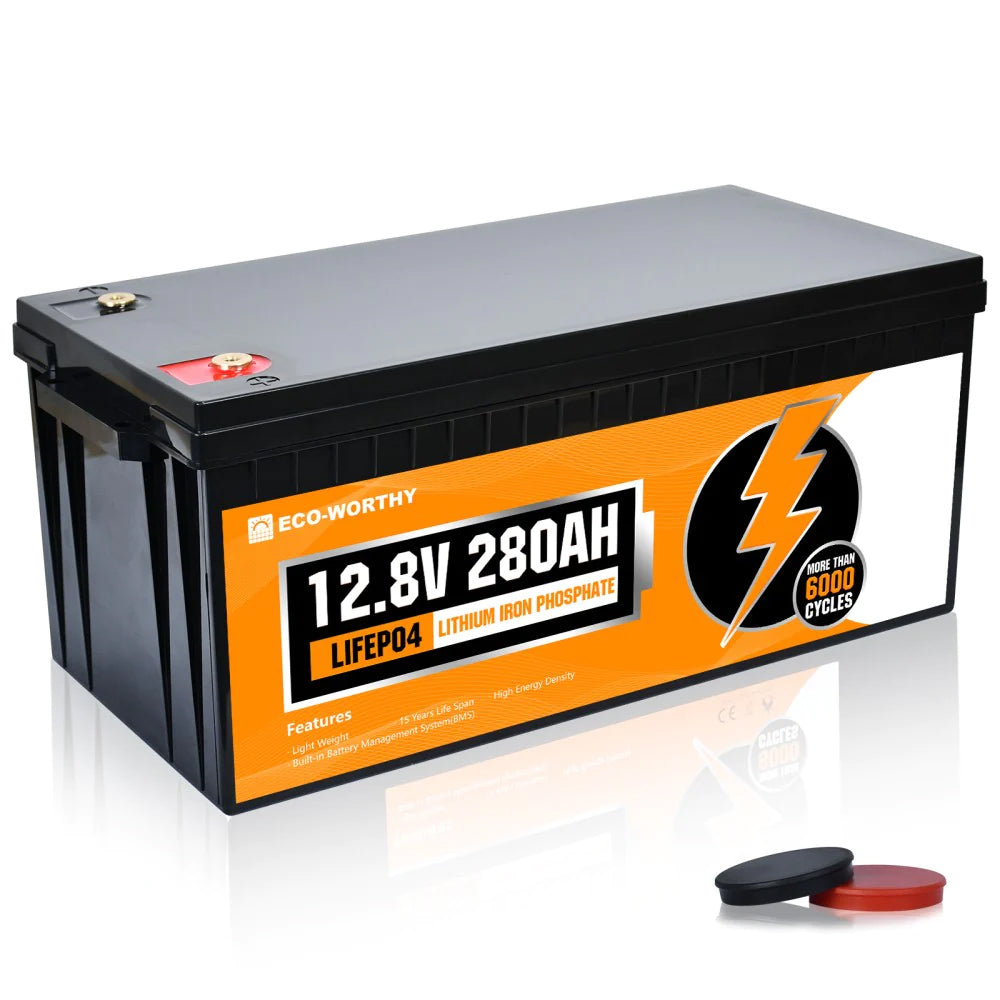- الكلمات - #BLOG
-
- آخر تحديث ٢٧ أكتوبر، ٢٠٢٤ تعليق ٠ , ٦٠ views, ٠ مثل
More in Politics
Related Blogs
أرشيف
The Evolution of Lithium-Ion Batteries: How Technology Has Transformed Energy Storage
الجسم
The lithium-ion battery has revolutionised the way we store and use energy. From powering our smartphones to electric vehicles, its impact is profound. But how did we arrive at this point? In this article, we will explore the evolution of lithium-ion batteries and their significance in modern technology.

Understanding the Lithium-Ion Battery
A lithium-ion battery is a type of rechargeable battery that relies on the movement of lithium ions between the anode and cathode. This process allows for efficient energy storage and release. The chemistry behind these batteries is complex, yet essential for their performance. Would you like to know more about how these batteries function?
- Anode: Typically made from graphite, it stores lithium ions during charging.
- Cathode: Often composed of lithium metal oxides, it releases lithium ions during discharge.
- Electrolyte: A lithium salt in a solvent that facilitates ion movement.
The Historical Context of Lithium-Ion Technology
The journey of the lithium-ion battery began in the 1970s, with significant advancements made in the 1980s. Researchers like John B. Goodenough played a pivotal role in developing the materials that would eventually lead to commercialisation. If these innovations had not occurred, would we have the same level of portable technology today?
Key Milestones in Lithium-Ion Battery Development
- 1970s: Initial research into lithium-based batteries.
- 1980s: Development of lithium cobalt oxide as a cathode material.
- 1991: Sony commercialises the first lithium-ion battery.
- 2000s: Widespread adoption in consumer electronics.
- 2010s: Growth in electric vehicle applications.
Current Applications and Future Prospects
Today, the lithium-ion battery is ubiquitous. It powers everything from laptops to electric cars. As technology advances, the demand for more efficient and sustainable energy storage solutions continues to grow. What does the future hold for this remarkable technology?
Innovations such as solid-state batteries and improved recycling methods are on the horizon. These advancements promise to enhance the performance and sustainability of lithium-ion technology. For those interested in exploring high-quality lithium batteries, visit .
Conclusion: The Impact of Lithium-Ion Batteries on Society
The evolution of the lithium-ion battery has not only transformed energy storage but has also reshaped our daily lives. As we continue to innovate and improve upon this technology, its role in a sustainable future becomes increasingly vital. Understanding its history and potential can help us appreciate the advancements in energy storage that lie ahead.










تعليقات